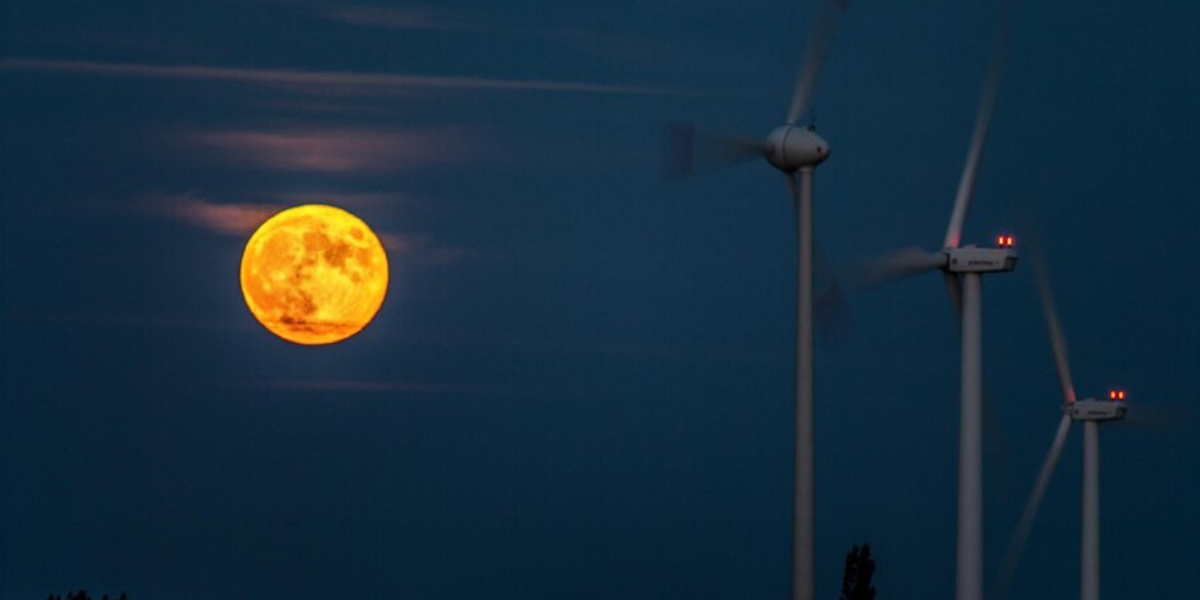A wind farm operator faced several challenges related to aircraft visibility and safety:
Aviation Regulations: Compliance with aviation regulations required ensuring that the turbines were adequately marked and visible to aircraft.
Low-Visibility Conditions: In fog, low clouds, or night-time, the turbines’ visibility to low-flying aircraft was compromised.
Safety Concerns: Ensuring the safety of both aircraft and wind farm personnel was a top priority.
Lack of Public support: Although obstacle lights are essential for air traffic flying at low altitudes, these lights cause significant residential annoyance, especially at night, reducing public support.
No Backup power: The panel that controls the Aviation light right now works only on mains input and no backup was available will leading to discontinuity in functioning of the aviation light during turbine shutdown.
Limited feedback from aviation light: Normal Aviation LED will not provide any type of feedback to the control panel regarding the ON/OFF condition of the LED.
To address these challenges and improve safety, the wind farm implemented a solution:
Aviation Lights: Installed aviation lights on the top of the wind turbine nacelles to enhance visibility to aircraft.
Compliance with Regulations: Ensured that the aviation lights met all relevant aviation regulations and standards.
Remote Monitoring: Integrated the lights with a remote monitoring system, allowing for real-time status checks and immediate response to any issues.
Features of Aviation light: Selection of aviation light with premium features such that it provides feedback regarding the ON/OFF condition of the LED in the form of DI/AI to the control panel.
Panel selection with UPS: Control panel will be designed along with UPS to ensure continuous power supply for Aviation light.
The installation of aviation lights on wind turbine nacelles yielded significant benefits:
Enhanced Visibility: The aviation lights significantly improved the visibility of turbines to low-flying aircraft during low-visibility conditions, enhancing safety.
Regulatory Compliance: The wind farm achieved full compliance with aviation regulations, reducing the risk of regulatory fines or operational disruptions.
Safety: Improved visibility reduced the risk of accidents, contributing to overall safety for both aircraft and wind farm personnel.
Remote Monitoring: The remote monitoring system allowed for proactive maintenance and immediate response to any light malfunctions, minimizing downtime.
Continuous power supply: The continuous power supply ensured 24x7 working condition of aviation light.

